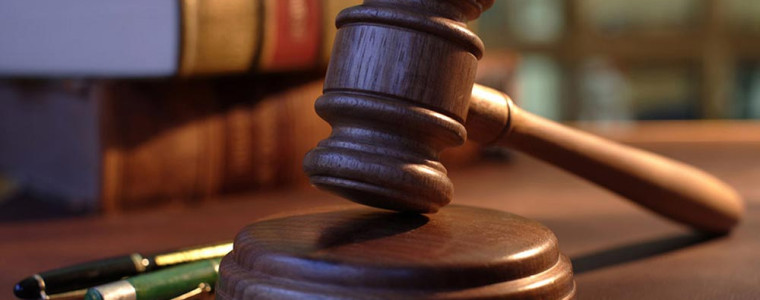Written by Christian McMahon, Solicitor
RPS v R [2000] 199 CLR 620
This is a High Court case where Uther Webster & Evans’ very own Vivian Evans represented the Appellant to successfully appeal the former decision of the NSW Supreme Court of Criminal Appeal.
The case primarily concerned itself with the giving of evidence and the Silence of the Accused (commonly referred to as an accused’s “right to silence”) and directions from the Judge given to the Jury concerning such a right. It clarified circumstances when a jury may take account of an accused’s failure to give evidence.
There were five particular disputed comments given by the Trial Judge to the Jury which became the determinative issue of these proceedings.
- Firstly, the judge told the jury that the appellant’s decision not to contradict evidence given by the complainant was said to be a partial admission and that it could be taken into account by the jury in “judging the value of or the weight of” the prosecution’s evidence.
- Secondly, the judge told the jury that in absence of denial or contradiction of the evidence given they could “more readily” accept that evidence.
- Thirdly, the judge instructed the jury that it may be reasonable in the circumstance for the jury to conclude that the absence of any evidence of the accused to contradict or deny the evidence given by the complainant could lead them more readily to accept the prosecution’s evidence.
- Fourthly, the Judge said the appellant’s decision not to give evidence could allow the jury to feel more confident in relying on the evidence given by the prosecution.
- Finally, the judge said that the absence of evidence from the accused meant that the version of events put in cross-examination of the witnesses for the prosecution was not supported by evidence.
Consideration of the trial Judge’s above directions about the absence of evidence from the accused was analysed with respect to s20 of the Evidence Act 1995 (NSW). That section provides:
“The Judge or any party (other than the prosecutor) may comment on a failure of the defendant to give evidence. However, unless the comment is made by another defendant in the proceeding, the comment must not suggest that the defendant failed to give evidence because the defendant was, or believed that he or she was, guilty of the offence.”
The respondent crown argued that the trial judges directions were no more than a “comment” with no such suggestion of the accused’s guilt.
It was held that the comments given by the trial judge contravened s 20(2) of the Evidence Act 1995 because they suggested that the appellant failed to give evidence because he believed that he was guilty of at least some of the offences concerned. It was wrong to say that the accused’s decision could allow the jury to feel more confident in relying on the prosecution evidence.
Furthermore, the High Court held that the disputed comments should not have formed part of the judicial commentary given in this case due to the accused’s “right to silence”.
This case helped clarify the scope of the power conferred on the Judge to give directions and ‘comments’ to a jury, by reason of S20 of the Evidence Act 1995 (NSW).
This case also led to the recent changes in the Law of the Right to Silence as a result of the Evidence Amendment (Evidence of Silence) Act 2013.



